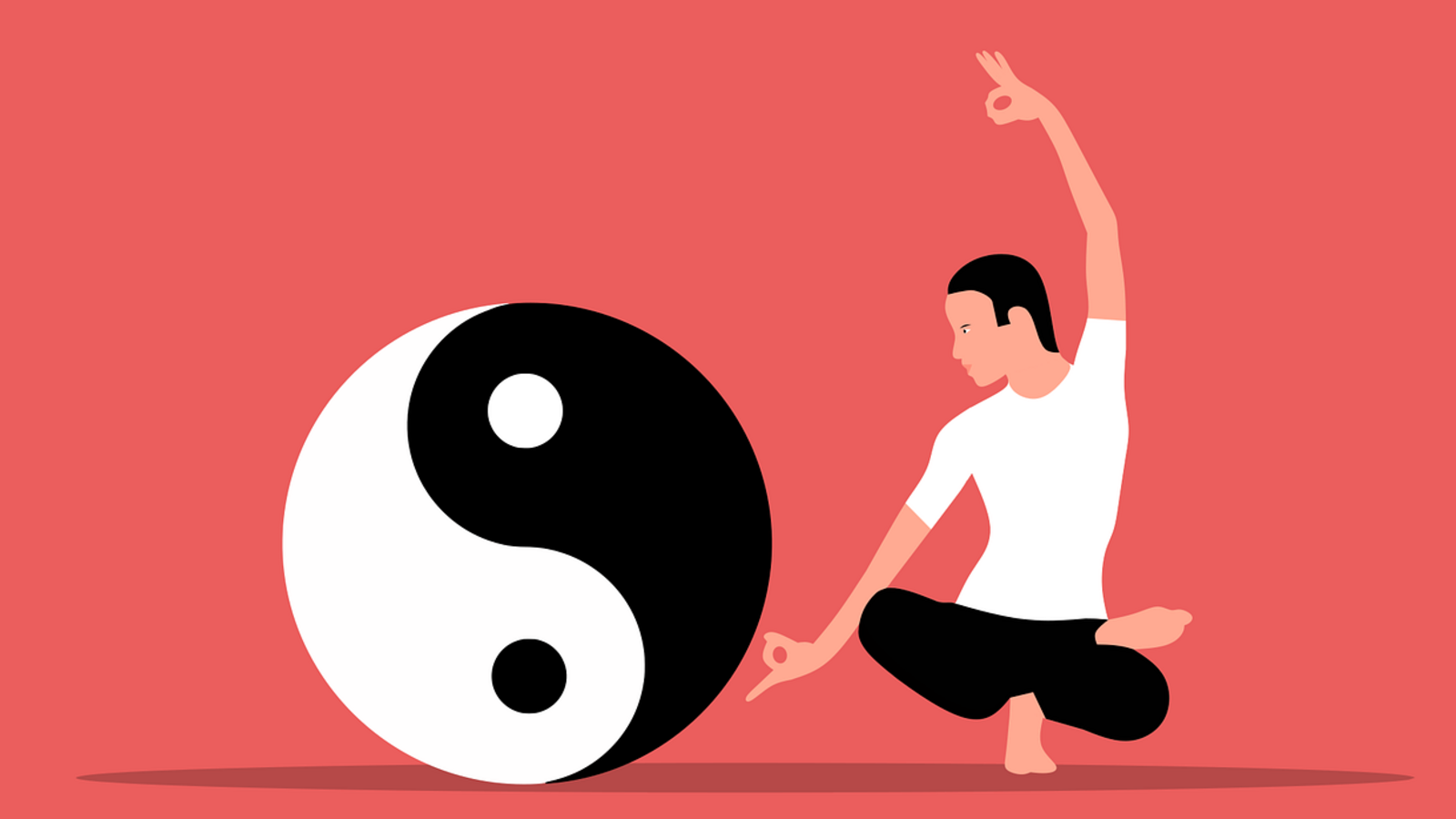Fitness
Yin Yoga trend: From ancient Taoist principles to modern fitness practice of deep tissue stretching and stress relief

Yin Yoga, a practice rooted in ancient Taoist principles, offers a welcome contrast to the dynamic flow of Vinyasa or Ashtanga styles as here, slow and steady wins the race, targeting the body’s deep connective tissues (fascia, ligaments, tendons) rather than muscles. Unlike muscular stretches that activate the fight-or-flight response, Yin Yoga encourages a meditative state, promoting relaxation and stress reduction.
In an interview with HT Lifestyle, Paras Maheshwari, director at Gravolite, shared, “Yin poses are typically held for extended periods (3-5 minutes) on the mat, using props like bolsters and blocks to support the body. This allows for a gentle, sustained stretch that reaches the deeper layers of connective tissue Or use a good grip gel for the enhanced grip.”
Example Pose: Butterfly (Baddhakonasana)
Paras Maheshwari instructed, “Sit on a mat with the soles of your feet together and knees bent out to the sides. Gently fold forward, using props like cushions or bolsters to support your upper body if needed Breathe deeply and focus on the sensations in your inner thighs and groin.”
_1643621794345_1643621819573.jpg)
Benefits for the Indian Yogi
Paras Maheshwari revealed, “Yin yoga is particularly well-suited for the Indian climate. The slower pace helps to avoid overheating, and the focus on breathwork can be especially beneficial for managing stress in fast-paced environments. A good quality yoga mat, at least 5mm thick, is key for providing cushioning and support during these longer holds. Look for a mat with good grip to prevent slipping, especially important in India’s humid conditions. Regular Yin Yoga practice can improve flexibility, increase joint mobility and cultivate a sense of inner peace. So, unroll your mat, take a deep breath, and embark on the journey of Yin.”
Bringing his expertise to the same, Dr Rajesh Kumar, professor of Practice – School of Behavioural and Social Sciences at Manav Rachna International Institute of Research and Studies, echoed, “Yin yoga is a slow-style yoga in which postures are held for a long duration, usually around 3 to 5 minutes or more, to activate the connective tissues, such as ligaments, bones, and joints, rather than muscles, resulting in relaxation, flexibility, and cultivating the flow of Prana and vitality. Absorption of mind with body with integrated approach leads to mindful practices.”
He explained, “Yin Yoga is part of the Yin-Yang Yoga wherein the Yin, is the passive, feminine, cool, introverted yoga and Yang is the dynamic, masculine, hot, extroverted Yoga. It is often seen as a counterbalance to more dynamic or yang styles of yoga, such as Vinyasa or Ashtanga. Yin Yoga practice became popular in the late 1970s, primarily developed by Paulie Zink and later popularised by Paul Grilley and Sarah Powers. It draws inspiration from traditional Chinese systems combining Hatha yoga with traditional system of Taoist practices. A few common body posture practices include child’s pose, butterfly pose, dragon pose, sphinx pose, sleeping swan pose (a variation of the pigeon pose), supported fish pose and caterpillar pose.”
According to Dr Rajesh Kumar, Yin Yoga offers numerous benefits, including –
1. Enhance flexibility: Long holds in posture lead to sustainability in posture and provide maximum muscle endurance.
2. Stress relief: The slow practice of posture allows to focus. The fusion of mind and body postures allows people to release stress and tension from their lives.
3. Reduces stiffness and increases mobility: Yin yoga can help maintain joint mobility and allow a free flow of energy to release stiffness, particularly in areas like the hips and spine.
4. Blood circulation: The gentle stretching stimulates blood flow, promoting better circulation throughout the body.
5. Balance and harmony: Yin yoga complements more active forms of yoga, providing balance and harmony to the body and mind.
6. Mindfulness and meditation: Holding poses for extended periods encourages mindfulness and introspection, fostering a deeper connection with oneself.
In modern times, Yin yoga has gained significant popularity as people seek balance in their Yoga practices.









